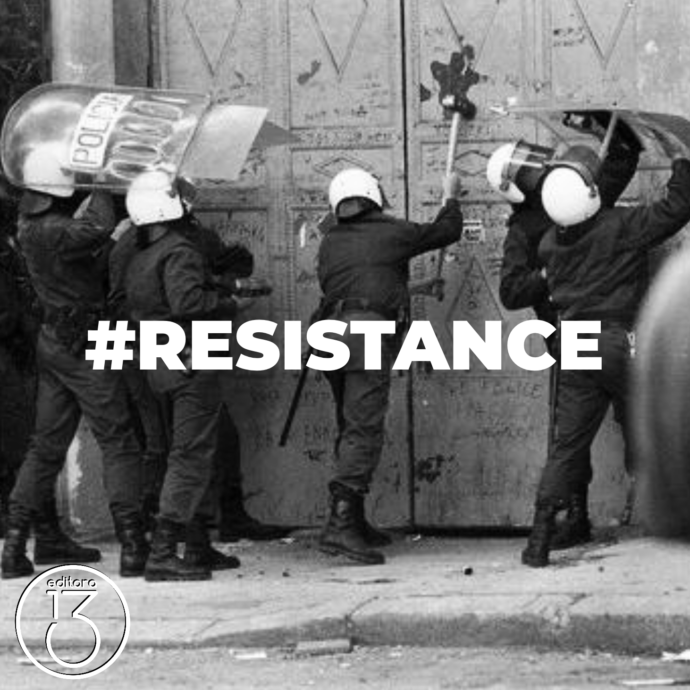The fight for justice and the search for social change is a story full of chapters of resistance. Among all of them, today we want to remember the one of the Minuesa Social Center, which was once located in the Ronda de Toledo, in the neighborhood of Lavapiés, in Madrid.
In the mid-1980s the “Hijos de E. Minuesa” printing press was still in that building (a 2,400-square-meter site), a project founded in the late 19th century, with 140 years of history behind it, during which it copies were printed for various publishing houses, universities and public entities. Urban speculation and a foreseeable business decision left 99 workers of the company out of work, who resisted until the end with a closure inside the facilities. The Squatters’ Madrid Assembly, who began to occupy the upper floors of the building, joined the confinement. After the definitive closure of the printing press, the entire plot was squatted, thus giving rise to what for years was known as the “Republic of Lavapiés”, a squatted and self-managed space in which various student associations, members of the anti-militarist, squatter, anti-racist, feminist or environmental movements, met daily, among others. It had a popular dining room, an urban garden, workshops on various themes, concerts and cultural events or classes in various languages, and served as a meeting and coordination point for groups and activists involved in various struggles.
In 1993, the adjoining building was converted into a police station. It was the beginning of a season of constant problems (in an attempt to criminalize the squatter movement), which culminated in the eviction of the center, with the arrest of 22 activists and with several injured, on May 1994.
It was a hard blow for the Madrid squatter movement, for the collectives and social agents, and for the hundreds of people who daily formed part of the Minuesa Social Center environment. But it was also further proof of the value of the collective, of the enormous potential for change that joint action and community organization have, and of the importance of the social fabric. It was, in short, one more test of resistance.
Image by Pedro Carrero.

